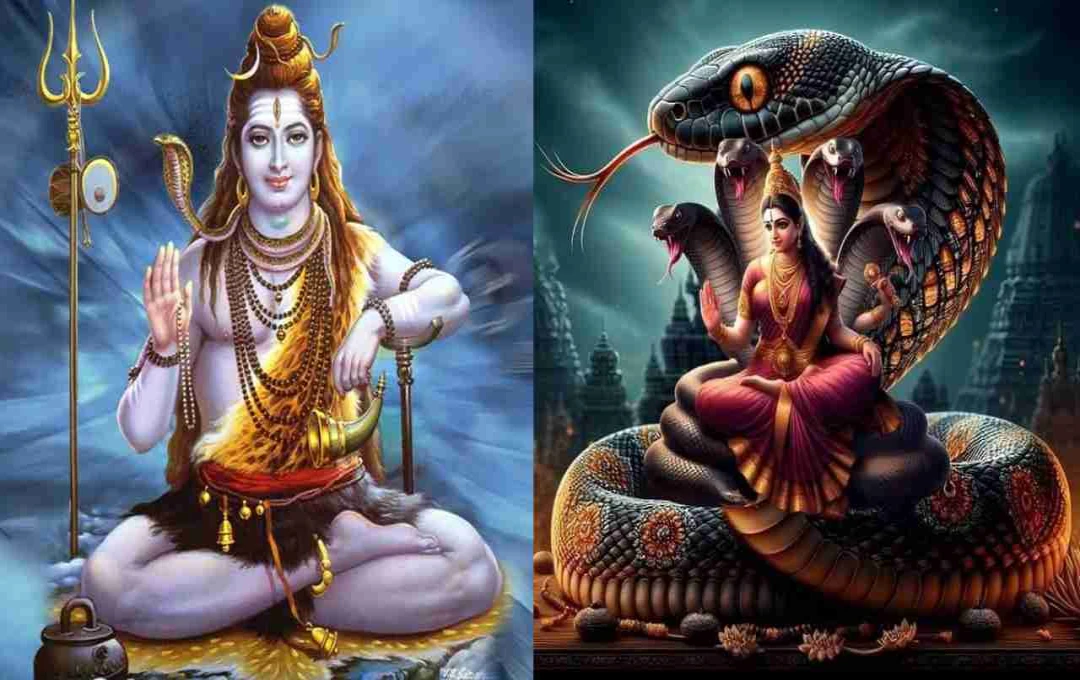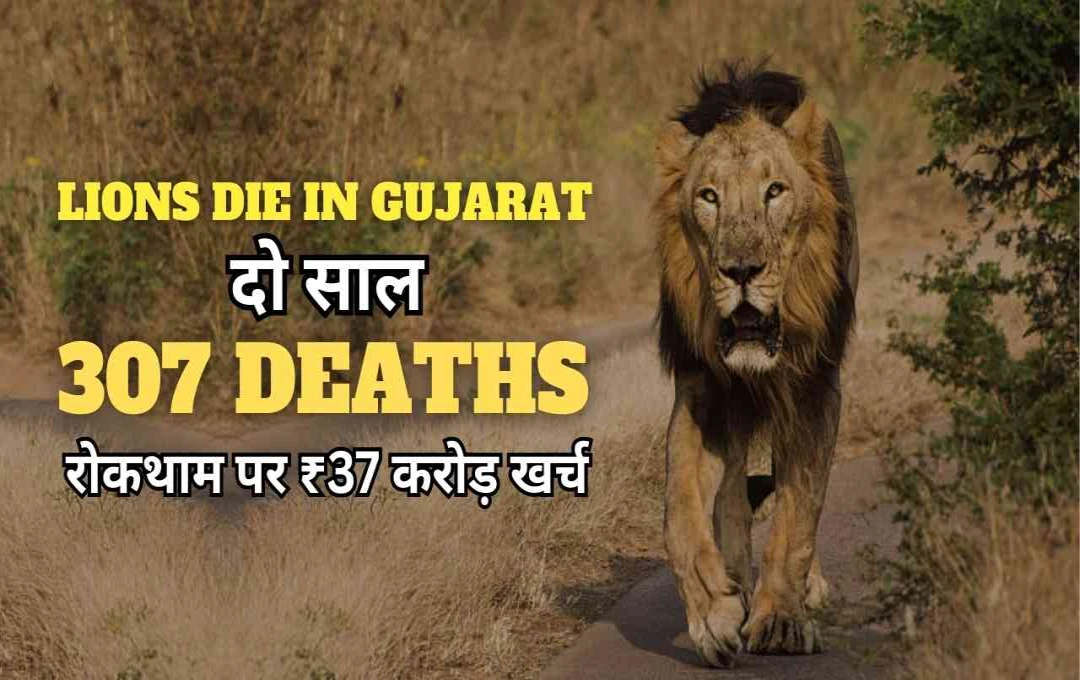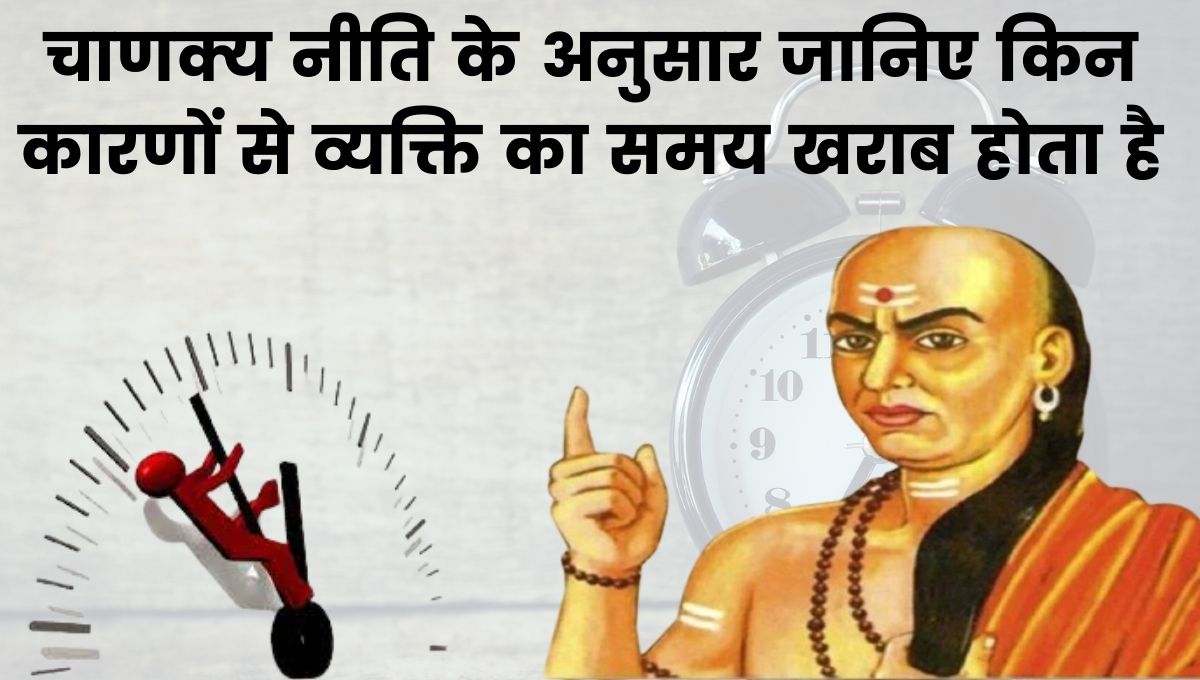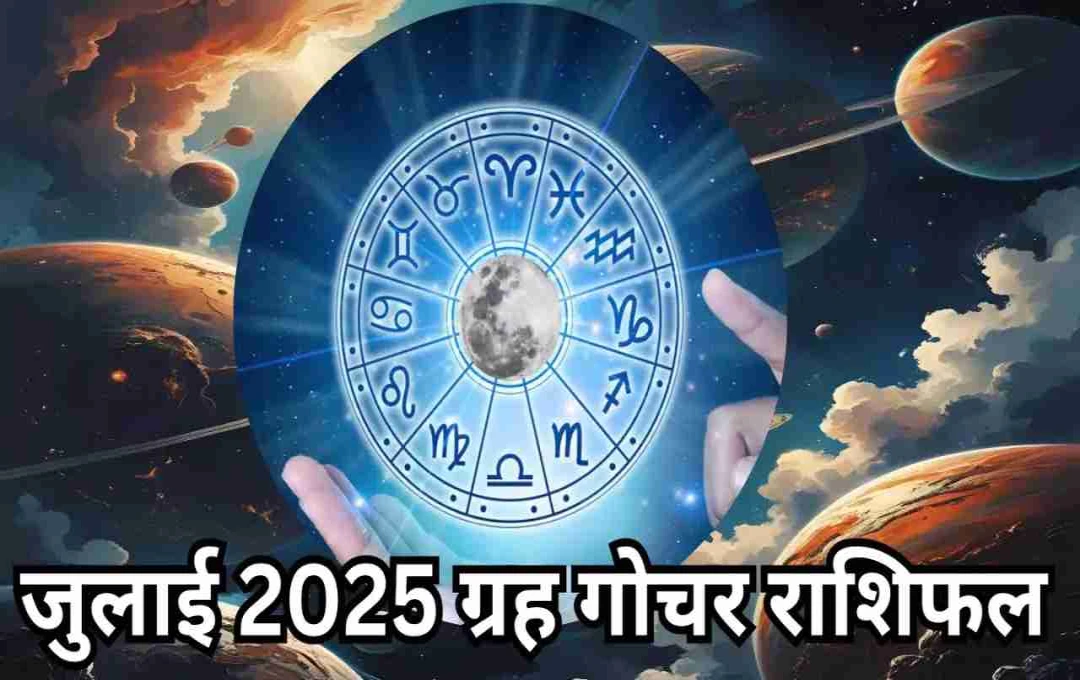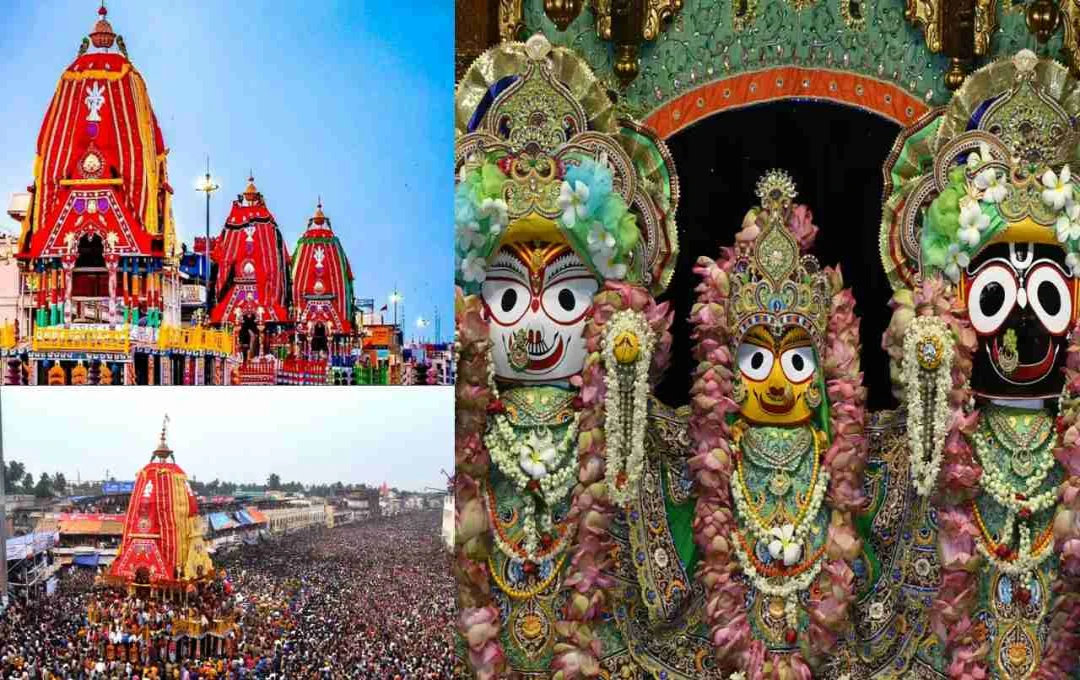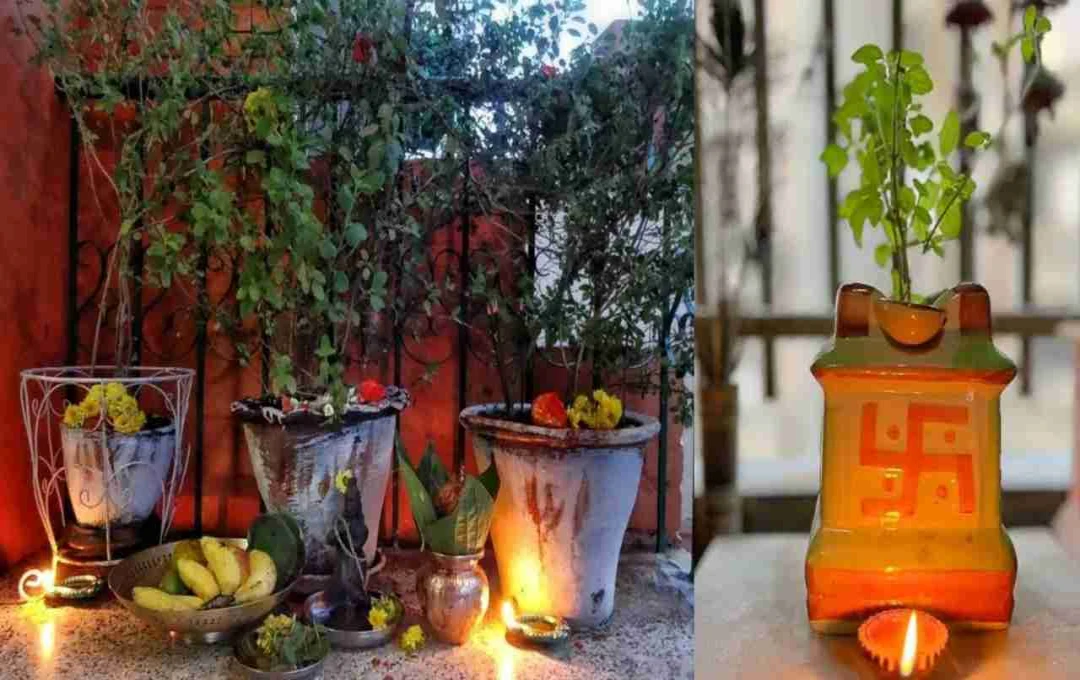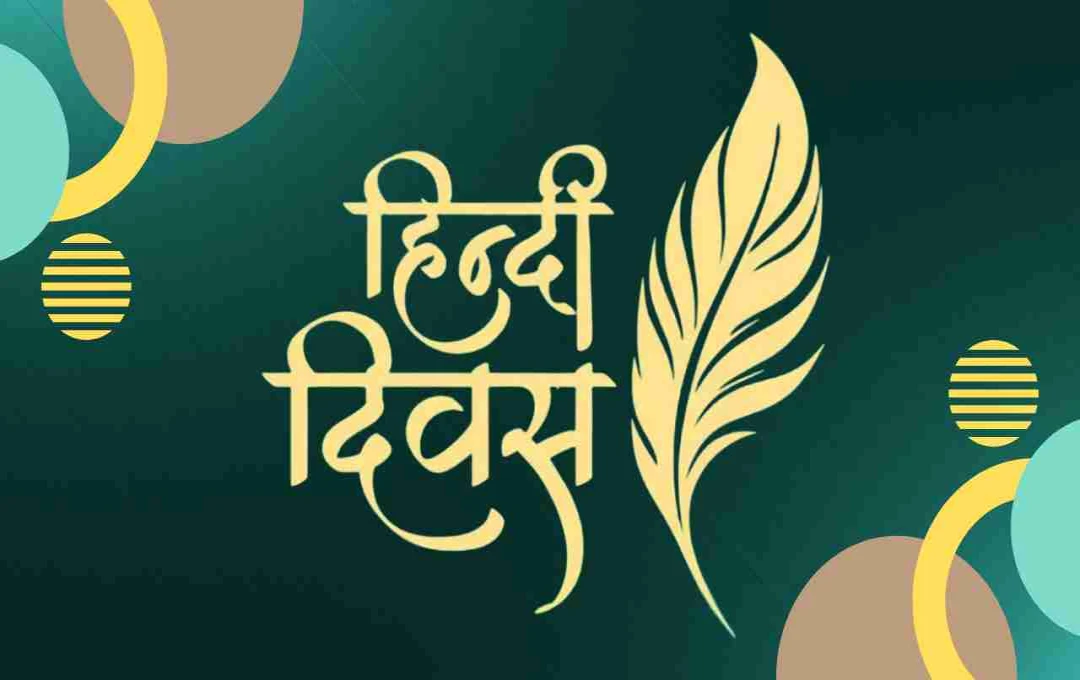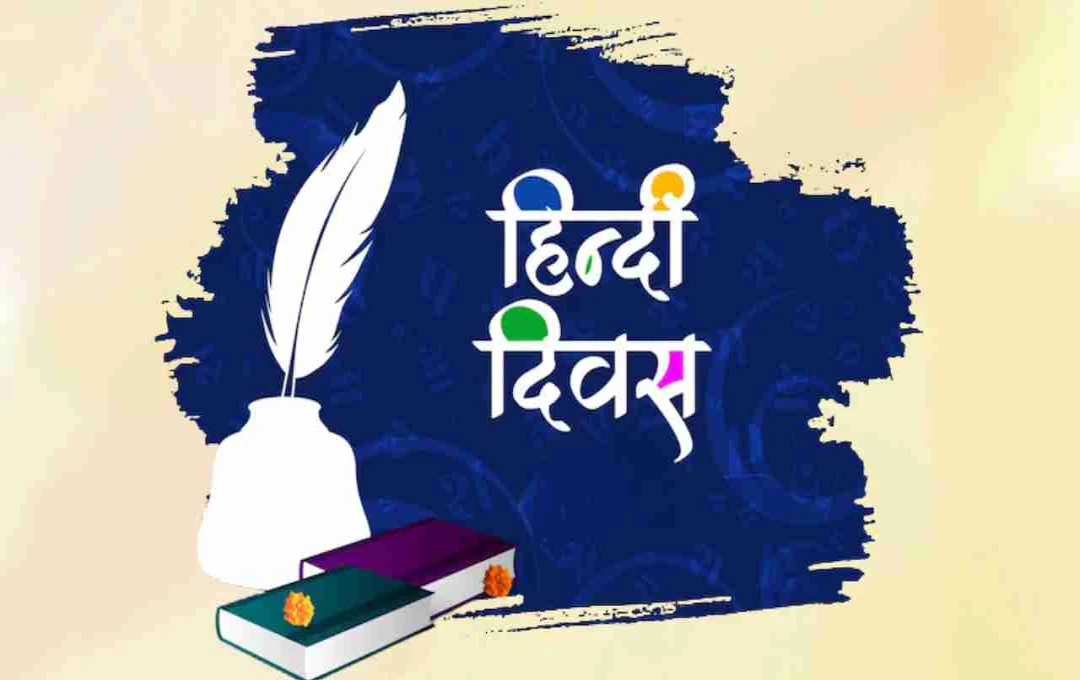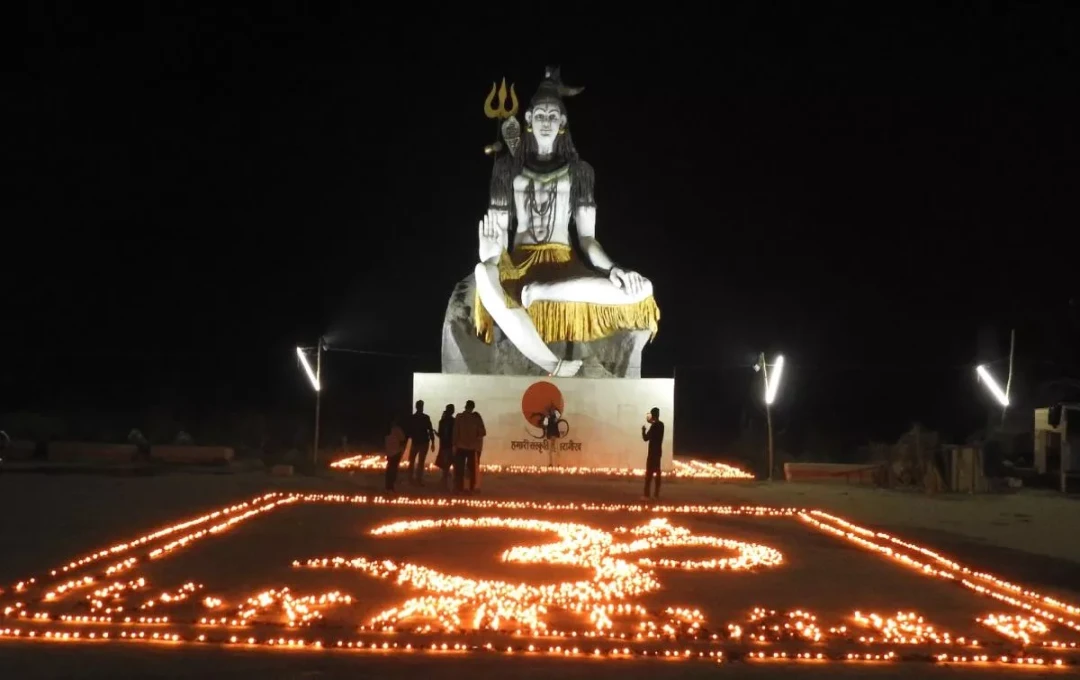Nestled on a hill in Haridwar, Uttarakhand, lies a temple that draws millions of devotees every year. This temple is dedicated to Mansa Devi. It is a place of faith where people's wishes are fulfilled, and especially those seeking relief from problems like Naag Dosha (curse related to snakes) or snakebites come here.
History of the Temple and the Story of a King's Devotion
The Mansa Devi Temple in Haridwar was built between 1811 and 1815. This work was commissioned by Raja Gopal Singh of Mani Majra. It is said that he was a great devotee of Mansa Devi and used to visit the goddess through a cave. When his wish was fulfilled, he built the temple in honor of the goddess. Today, this temple is not only a religious site but has also gained recognition as a Shaktipeeth (a seat of divine power).
Why is Mansa Devi Called the Goddess of Snakes?
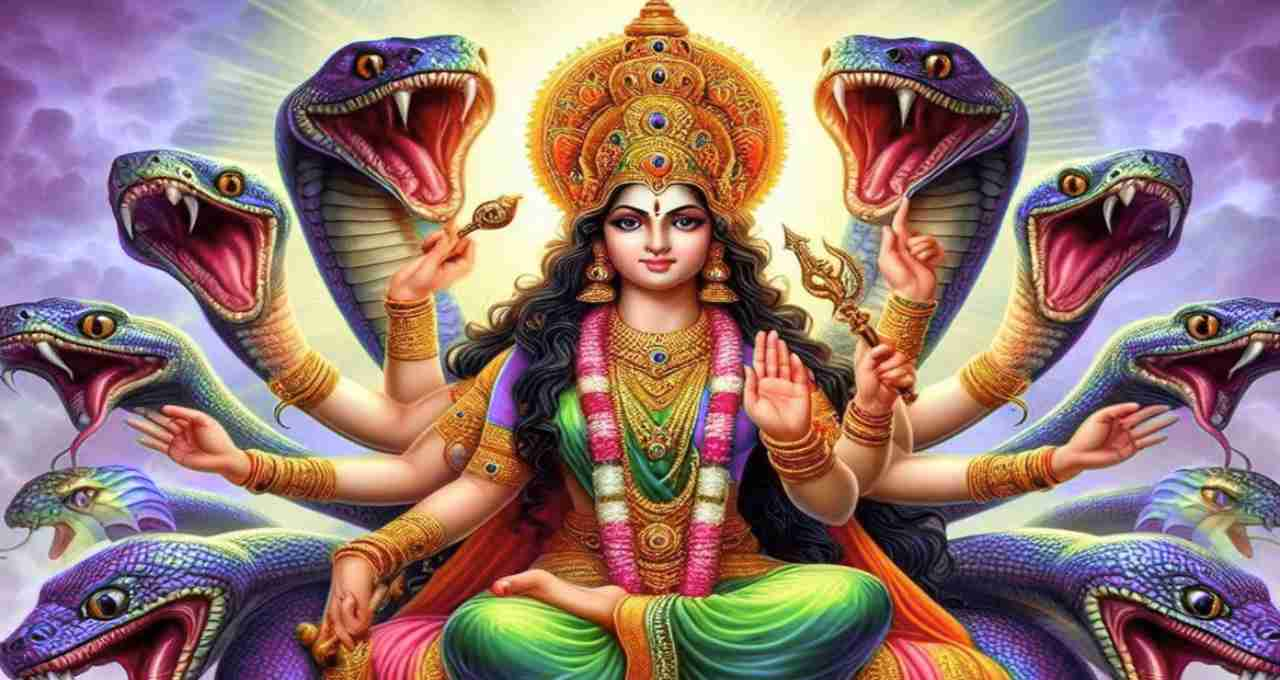
In Hindu beliefs, Mansa Devi is worshiped as the goddess of snakes. The reason for this is that she is considered the sister of Nagraj Vasuki (king of snakes). She is always depicted with seven snakes as protectors. In many idols, a child is also seen in the goddess's lap, who is believed to be her son, Astika. This is the same Astika who stopped Janamejaya's Naga Yajna (snake sacrifice) and protected the Naga dynasty.
Mansa Devi is considered the presiding deity of snakes. She is worshipped as the protector of snakes and the one who provides relief from their dangers. This is why she is especially worshipped on festivals like Nag Panchami, and people worship her to avoid snakebites or for their treatment.
Names and Legends Associated with Mansa Devi
In many places, Mansa Devi is also called Vasuki. This name was given to her after her brother, Nagraj Vasuki. In some stories, she is described as the daughter of Kadru and Kashyap. At the same time, in some texts, the story of her birth is linked to Lord Shiva.
What is Mansa Devi's Connection with Lord Shiva?
According to a legend in the Puranas, when the Samudra Manthan (churning of the ocean) took place, the first thing to emerge was Halahal poison. This poison posed a threat to the destruction of the entire creation. Then Lord Shiva drank it, which turned his throat blue. At that time, Lord Shiva created a girl from his mind, who was blessed with the power to control the poison. This girl was called Mansa Devi.
For this reason, she is called the Manas Putri (mind-born daughter) of Lord Shiva and is also worshiped as the goddess of poison. This story is not only a symbol of her power but also tells how a goddess protected Bholenath (Lord Shiva) with her ability and reduced the effect of poison in the world.
Where is Mansa Devi Specially Worshipped?
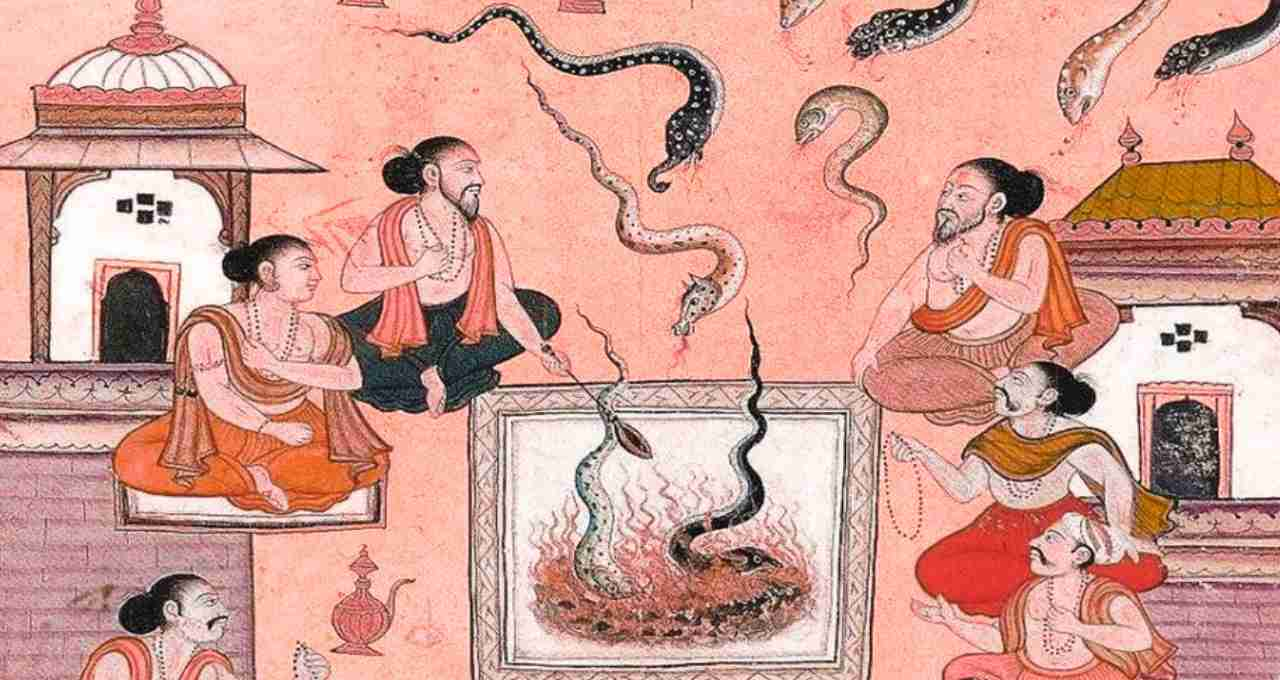
Apart from Haridwar and Panchkula, Mansa Devi is worshipped with great reverence in Bihar, Jharkhand, Bengal, Odisha, and Assam. In many parts of Northeast India, temples dedicated to her can be found in almost every village. Especially on the day of Nag Panchami, a huge crowd gathers in these temples. People offer milk, rice, and flowers and pray to the goddess for freedom from snakebites and diseases.
The Story of Devi Mansa and Janamejaya
According to another famous story, King Janamejaya performed a Naga Yajna (snake sacrifice) to avenge the death of his father, Parikshit, in which he vowed to destroy the entire Naga dynasty. At that time, a Brahmin named Astika, who was the son of Devi Mansa, came to stop the Yajna and persuaded the king with his tactics. This stopped the slaughter of the Naga dynasty. For this reason, Mansa Devi is also considered the protector of snakes.
Snakes and Son are Visible in the Idols of Mansa Devi
In many places, the idols of Mansa Devi are made with snakes. There are figures of snakes around the goddess, and sometimes Astika is also depicted in her lap. This image shows that she is both the mother and protector of snakes.
Current Status of Mansa Devi Temple in Haridwar
This temple located in Haridwar has become a center of peace and spirituality. Here, the temple can also be reached through a ropeway, which provides convenience to the devotees. In the temple complex, devotees tie their wishes and offer coconuts or tie chunris (a type of scarf) when they are fulfilled.
